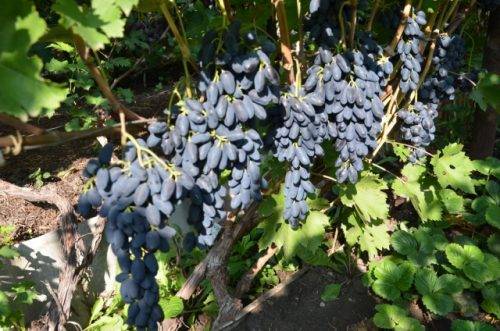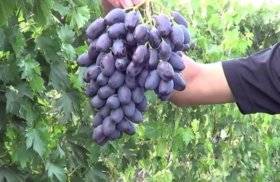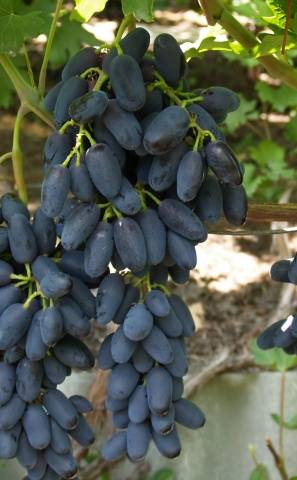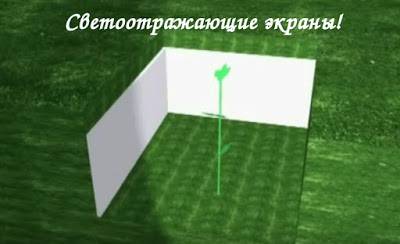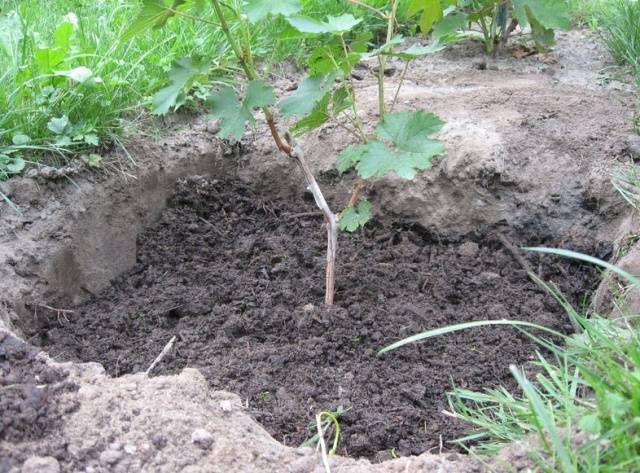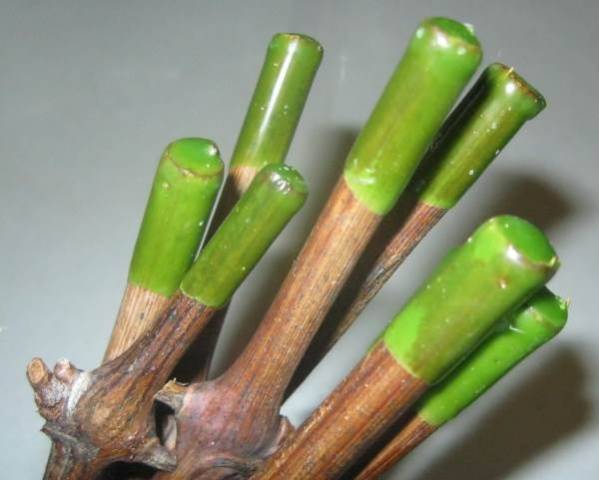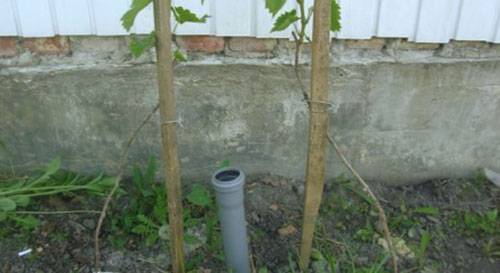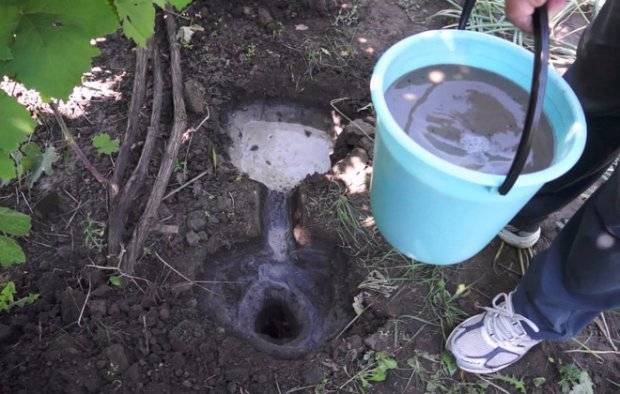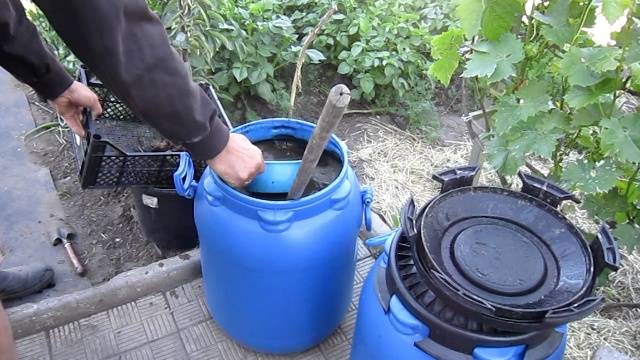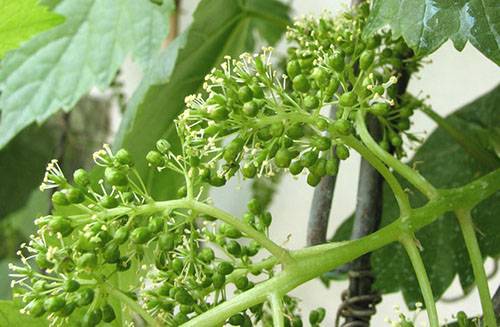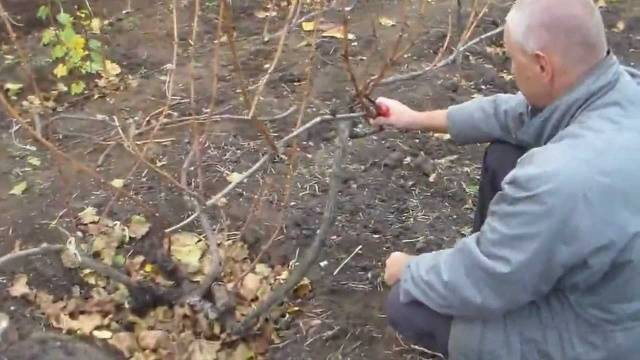Content
People have been cultivating grapes since time immemorial. The climate on earth was changing, and the grapes were changing along with it. With the development of genetics, amazing possibilities have opened up for the creation of varieties and hybrids with predetermined characteristics. New items appear annually. One of them is the Akademik grape, a description of this variety will be given below.
Description and characteristics:
The parents of the variety Akademik, which also has other names - Akademik Avidzba and Pamyati Dzheneyev, are hybrid forms: Gift to Zaporozhye and Richelieu. This table grape variety is the result of the selection of the staff of the Institute of Viticulture and Winemaking "Magarach", which is located in the Crimea. The variety was created quite recently, it is not yet widespread due to the small amount of planting material. You can buy it only directly at the institute and in some private nurseries. But the reviews of those who were lucky enough to plant it and try it are simply enthusiastic. The Akademik grape variety was introduced into the State Register of Breeding Achievements in 2014 and is recommended for cultivation in the North Caucasus region, but with high-quality shelter it can grow further north.
Varietal features:
- the grape variety Akademik has an early ripening period, the first berries can be tasted after 115 days;
- the sum of active temperatures for its ripening is 2100 degrees, which allows it to be grown not only in the south, but also in central Russia;
- the frost resistance of the variety is the same as that of the parents - from -23 to -25 degrees, it makes it possible for Akademik grapes to winter under the snow even in central Russia with good shelter;
- the Akademik variety has great vigor;
- its leaves are medium or large, strongly dissected and consist of 5 lobes;
- the front side of the leaf is smooth, there is a slight pubescence from the inside;
- the flowers of the Akademik grape variety are bisexual, therefore, it does not need a pollinator.
Characteristics of berries:
-
berries of the Akademik variety are collected in large clusters that have a cylindrical conical shape;
- their weight is from 1.5 to 1.8 kg;
- the bunch of grapes Akademik has an average density, sometimes it is loose;
- the berry is large, reaches a size of 33 mm in length and 20 mm in width;
- the shape of the berry is elongated-oval, with a blunt tip;
- the color of the fruit of the Akademik grape is dark blue with a noticeable prune bloom. Pruin, i.e. waxy coating, helps the berries to protect themselves from pathogens and atmospheric phenomena. Berries with a pronounced prune bloom are better transported and stored.
- the skin is dense, which makes the transportation of berries successful;
- Akademik grapes are table grapes, this is due to the highest quality of berries - the taste of crispy pulp is estimated at 9.8 points out of 10. It is distinguished by a nutmeg flavor with hints of cherry and an original chocolate aftertaste. Sugar accumulation is high.
At the moment, this grape variety is being tested, but it is already clear that its cultivation on an industrial scale is profitable. It will also be useful in private gardens - the highest quality of berries will not leave anyone indifferent. For completeness of the description and characteristics, it must be said that resistance to the main diseases: powdery mildew and mildew in the Akademik grape variety is average. Protective preventive treatments will be required.
How to grow
The grapes, according to their biological characteristics, are intended for cultivation in subtropical and temperate climates. In all other regions, its survival and yield depends only on the efforts and skill of the grower. And the main thing in this is to observe the correct agricultural technique, taking into account all the requirements of the plant.
Seat selection
In the south, grapes grow in high temperatures, sometimes above 40 degrees, while the optimal temperature for it is considered to be 28-30 degrees. Under these conditions, shading for grapes is highly desirable. In the regions located to the north, for Akademik grapes, you need to choose places that are illuminated by the sun all day.
It is important that the vine is protected from the prevailing winds. Experienced growers take this into account when choosing a place for a plant:
- planting grapes on the south side of buildings;
- tall trees or hedges are planted on the north side of the plantings;
- build fences or arrange screens of reeds and other materials at hand.
What is it for? In such conditions, the temperature of the air and soil where the bush grows will be higher.
What is SAT
In order for the grapes to gain the right amount of sugar, and the berries to fully ripen, a certain sum of active temperatures... The grapes begin growing at a soil temperature in the root zone of at least 10 degrees. An air temperature above plus 10 degrees is considered active. If we sum up all the values of the average daily temperatures not lower than this indicator, starting from the moment of vegetation and until the berries are fully ripe, we will get the required sum of active temperatures. Each variety has its own. In the description of the Akademik grape variety, the sum of active temperatures of 2100 degrees is indicated. This is the average value at the latitude of the city of Moscow. But summer is not always warm, in some years this grape variety may not fully show what it is capable of.
In order to increase the CAT, growers use different tricks:
- planting grapes from the south or southwest of buildings to keep warm longer;
- protect from cold winds that blow from the north;
- cover the ground around the trunk with dark material - manure or black spunbond, dark stones are also suitable;
- use reflective screens made of foil or white polyethylene film;
- install a translucent visor over the bush in the shape of the letter "g";
- planting grapes in a greenhouse.
Landing
The comfortable existence of Akademik grapes largely depends on which planting method is chosen. It can be planted both in spring and autumn. It is better to choose a seedling in a container for this, then its survival rate will be one hundred percent if it is planted correctly.
Landing Algorithm:
- We dig a hole, the diameter of which should correspond to that of the root system of Akademik grapes,
- while putting the top fertile soil layer aside;
- we mix it with humus and full mineral fertilizer;
- we arrange drainage from gravel and small twigs at the bottom of the pit;
- we strengthen a pipe made of asbestos cement or plastic, designed for applying liquid fertilizers;
- we place a seedling in a hole, fill it with a fertile earthen mixture and water it;
-
cut off the shoots of the grapes, leaving only 2 buds. To prevent the cut from drying out, it is treated with melted paraffin.
- mulch the hole with humus or compost.
When planting several Akademik grape bushes, a distance of 1.5 m or more must be left between them, so that each vine has a sufficient feeding area. If a full-fledged vineyard is laid, the rows need to be oriented from south to north, so they are better illuminated by the sun.
Vineyard care
Newly planted bushes of Akademik grapes need the tireless care of the grower, and mature bushes of this grape variety cannot be ignored either.
Watering
The grapes of the Akademik variety are table varieties, so they need to be watered regularly, in contrast to technical varieties.
-
The first watering is carried out after the final opening of the bushes and the garter of the vine on the trellis. An adult bush needs up to 4 buckets of warm water, to which a half-liter can of wood ash is added. It is very good if a fertilizer and irrigation pipe is installed next to the bush, then all the water will go directly to the heel roots.
- The next watering will be required for the vine a week before flowering. During flowering, the grapes should not be watered - because of this, flowers may crumble, the berries will never grow to the desired size - that is, peas will be observed.
-
Another watering is carried out at the end of flowering.
- As soon as the berries begin to color, the bushes cannot be watered, otherwise the grapes simply will not pick up the required amount of sugar.
- The last watering is water-charging, it is carried out a week before the final shelter of the bushes for the winter.
Top dressing
Akademik grapes respond well to both root and foliar feeding. How to feed:
- the first feeding is carried out immediately after removing the winter shelter; each bush will require 20 g of superphosphate, 10 g of ammonium nitrate and 5 g of potassium salt, all this is dissolved in 10 liters of water;
- 2 weeks before flowering, fertilizing is repeated;
-
before the grapes begin to ripen, it must be fertilized with superphosphate and potassium salt;
- after the harvest is harvested, potash fertilizers are applied - they increase the winter hardiness of the bushes.
Every three years in the fall, the vineyard is fertilized with manure, simultaneously adding ash, superphosphate and ammonium sulfate. Fertilizers are applied dry for digging. If the soil is sandy loam, digging should be done more often, and on the sand - every year.
The first foliar dressing with a solution of complex mineral fertilizer with microelements is carried out before flowering. The second - when the bushes have faded, in the third, during the ripening of the berries. The last two dressings should be nitrogen free.
Formation
Without forming, we will get tall vines loaded with stepchildren, but with a small number of clusters on the bush. Since our task is the opposite, we will form the Akademik grape bush according to all the rules. If there are no frosty winters in your area of residence, you can form a bush on a high trunk. The grapes of the Akademik variety are not distinguished by high frost resistance, therefore, in the northern regions it is cultivated in a standard-free culture. All pruning is carried out only in the fall, in the spring it can be done before the start of sap flow.
- spring pruning - revision, you need to remove weak shoots and form a sleeve stem, on which vines will then grow, giving fruits;
- in June, the plant is finally formed - about 5 leaves are left above each brush, pinch the top of the shoot;
-
regulate the load on the bush - depending on the strength of growth, one or two brushes are left on the shoot, the berries at this time reach the size of peas, remove extra brushes;
- minting is carried out - on each shoot leaves from 13 to 15 leaves, pinch the top;
- all summer remove unnecessary stepsons;
- about 20 days before harvest, the bushes are thinned out, removing the leaves on their lower part, and those that interfere with the ripening of the bunches, closing them from the sun;
-
autumn pruning is carried out after leaf fall at temperatures close to zero degrees, remove all unripened shoots, weak, remove all non-flying leaves.
Preparing for winter
The grape variety Akademik has an average frost resistance, therefore, in most regions, it needs shelter for the winter. The vines need to be removed from the trellis, carefully tied into bundles, and covered with earth or peat. You can arrange a dry-air shelter: wrap the bunches of vines with several layers of spandbond, and then put low arcs and cover them with foil. Small slots should be left in it from below for ventilation.
More information about the unusual way of hiding grapes is described in the video:
Testimonials
Conclusion
A new worthy grape variety - Akademik will delight not only amateur winegrowers, it can be used for industrial cultivation.
